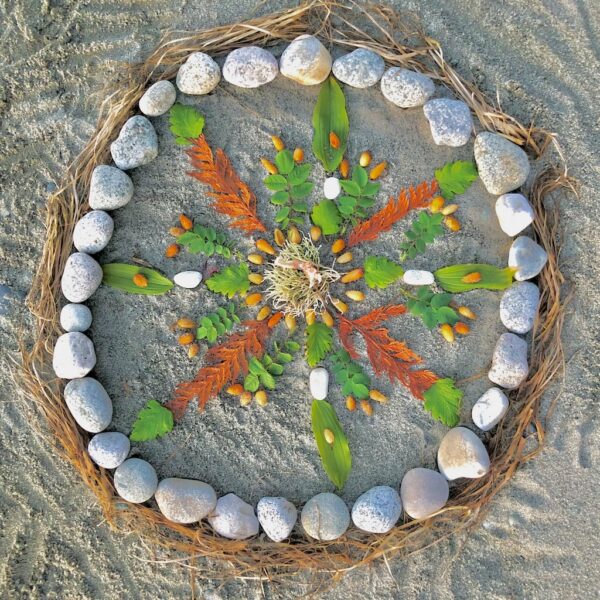I am delighted to share another beautiful submission to the Monk in the World guest post series from the community. Read on for Elaine Pope’s reflection “Looking and Seeing.”
Christine Valters Painter calls photography “the practice of cultivating our capacity to see things as they really are” in her book, Eyes of the Heart: Photography as Christian Contemplative Practice, (Notre Dame: Sorin), 2013. 48]. I have been practicing this new spiritual discipline for a couple of years now, ever since I came across it in one of Abbey of the Arts’ online retreats. I love the idea of walking slowly and waiting for an image to shimmer into my awareness. And I have found that the action of receiving a photograph, the initial shimmer, the aligning of camera lighting and image, and the final image on the screen all help me see more deeply what is “truly there.” It also helps me to see what the Spirit is awakening within me, since the photography is also about the photographer and the viewer of the photograph as much as it is about the image, itself.
That interior aspect of photography became even more evident to me recently. I had just returned from a wonderful trip to Croatia, including the historic port city of Split. Split was founded during the latter days of the Roman Empire by the Emperor Diocletian (244-311CE). He is the first emperor to retire voluntarily, leaving Rome in 305 for the palace he built along the coast of Dalmatia in Spalatum, now called Split. The aqueduct he had built to supply water to the palace still stands and is still part of the waterworks for the modern city. Therefore, it is visible from the side of a major road, with no easily accessible “Photographic Moment” stopping place. So I was not able to be contemplative when I wanted to get a photograph of the aqueduct with the fields and greenhouse in the foreground. I just put the camera against the window of the bus and clicked the shutter a few times. One of those images is below.
I love this photo. The optical illusion created by the hilly terrain and the perspective of my location when I took the photo causes modern skyscrapers to seem to be standing on the top of the Roman aqueduct. I didn’t notice this when I was lining up the shot. I was just trying to get a “good image” of the aqueduct. So this photograph speaks to me about looking carefully and slowly at a scene and at the photograph, taking time to see things that I missed initially. I have often found interesting juxtapositions like this one when I looked at a picture days after I took it. Once I get home, I notice things – like the buildings that seem to stand on top of the aqueduct – that I didn’t notice while taking the photograph; and I can adjust contrast or crop the photo in post-processing. And then I can sit visio divina with the images – original and processed.
While I had been trained as a scientist to observe carefully for what is there and all that is there, I find the process of visio divina and contemplative photography both incorporate the additional elements of observing myself as I observe: my reactions, my reflections, my edit processes, and the still small voice of the Spirit guiding where I look, how I look, why I look, and the compassion with which I look at something or someone. Sometimes, the elements I choose to crop out of the image can be instructive spiritually – part of my shadow self speaking to me of what I do not consider “beautiful” or “necessary” or “present.” So I try to keep the original version of the photograph, too. The processed photograph speaks to me of what resonated from the image, that which stirred positive emotions. Both original and processed images tell me of who I am and who I am in the process of becoming.
There is a danger lurking for the unwary in the ability to post-process images, of course. We can’t actually post-process life. Yet, we can post-process our reactions to life and our decisions. Ignatius called that the examen. The examen and examining photographs are reminders to slow down and be, to slow down and look. And then, look again. And again. Observation takes time, intentionality, attention and sometimes, repetition.
You may have experienced a time when a travel experience has caused a mental shift in your own life. Did that also change your spiritual landscape?
 Elaine Pope is a spiritual director and writer on spirituality, having retired as Director of Adult Religious Formation (M.Div.) and prior to that from research (SB/MS in Materials Engineering) in the semiconductor industry for 30+ years. Her interests are formation, interfaith dialogue, and the intersection of theology and science.
Elaine Pope is a spiritual director and writer on spirituality, having retired as Director of Adult Religious Formation (M.Div.) and prior to that from research (SB/MS in Materials Engineering) in the semiconductor industry for 30+ years. Her interests are formation, interfaith dialogue, and the intersection of theology and science.


